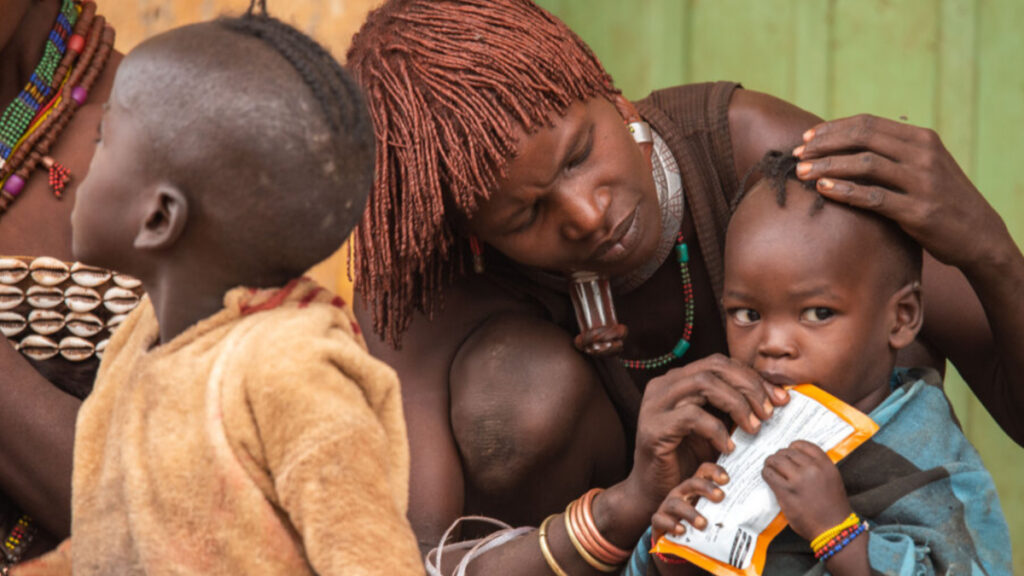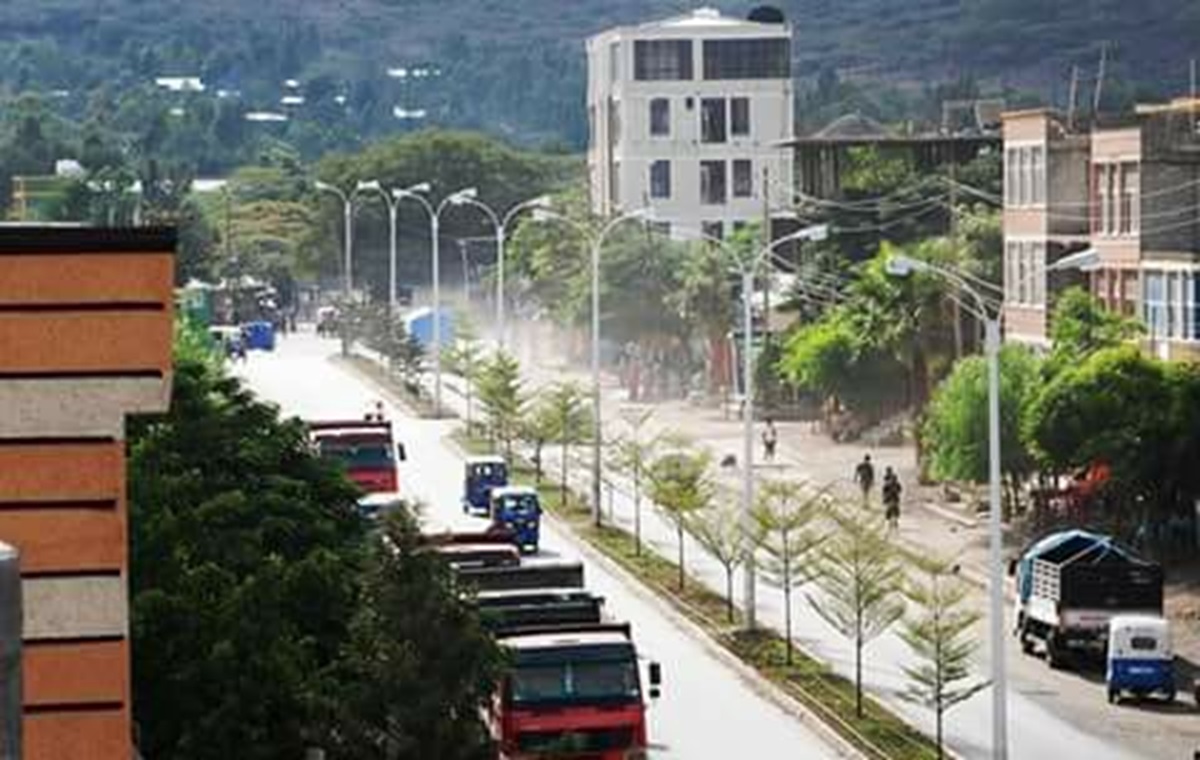News: Hunger-induced outbreak kills at least 11 people in drought hit South Omo zone, residents endure dire drought impacts

By Mihret G Kristos @MercyG_kirstos
Addis Ababa – Pastoralist and semi-pastoralist communities in South Omo zone in Ethiopia’s Southern Nations, Nationalities and Peoples’ Region (SNNPR) region are severely hit by drought, and an outbreak of Leishmaniasis disease ensued from the drought killed at least 11 people, officials told Addis Standard.
According to Abraham Atta, head of the zone’s health office, more than 135 people with confirmed cases of the thyroiditis disease were admitted to Jinka Hospital over the past six months and 11 of them have succumbed to the disease while they were at the hospital.
He said more than 50 percent of the victims are from Salamago, one of the worst drought hit districts of the zone, emphasizing that the disease is caused by severe hunger.
According to Abreham, there are reports that more than 70 people may have died as a result of the disease in inaccessible areas occupied by the Mursi community.
“It has become beyond our capacity, we have reported it to the regional government, and somehow NGOs are working on it, but more resources are needed to make medical treatments available all over the areas affected by the disease” he added.
The prolonged drought that is ravaging South Western Ethiopia has impacted the lives of thousands of people in Southern Omo, especially in the Salamago, Hamer, Dasenech, Bena Tsemay, Nyangatom, and Male districts according to Banke Sume, South Omo zone agriculture office head.
At least 337,923 people of the zone have been severely affected by drought, and the humanitarian aid they are getting from the government and humanitarian organizations is not adequate, Banke told Addis Standard.
“The severity is worsening from time to time, and the number of affected people are dramatically increasing,” Banke said.
Saladin Bezabe, a resident of Enchate village in Bena Tsemay district of the zone is a householder of eight families. As the impact of the drought gets worse, he lost seven cows and six gots and only remains with eight cows now.
“Our cattle are dying because there is no water and fodder, and we have nothing else if they perish,” Saladin told Addis Standard, adding that, “the aid we receive is not enough especially for those who have big families, and people are dying. I know two elders who died of hunger in our village”. Officials however refute claims that people are dying of hunger despite admitting the dire situations.
According to Banke, at least 14,000 livestock have died over the past 6 months in the zone. Over 3 million livestock need urgent water and fodder,” he said, adding that “it is becoming very serious like the Borana drought”.
He said aid deliveries by the NGOs had been delayed due to security issues in the zone but, currently, they are distributing aid to the needy, adding that more aid is needed to reach the most affected people.
UN’s Office for Coordination of Humanitarian Affairs (OCHA) said between June and December of 2022, South-Eastern part of Ethiopia, including Somali, Oromia, and the Southern Nations and Nationalities People’s region (SNNPR), experienced one of the worst droughts recorded in 40 years in the Horn of Africa, impacting 12 million people.
Borana zone of Oromia region is one of the places harshly hit by the drought where perpetual drought and water scarcity for consecutive five rainy seasons, left more than 800,000 residents of the zone in need of immediate food assistance and the death of more than 3.3 million livestock.
In Neighboring Somali region, the impact of the recurring drought in several zones has become unprecedented, leaving a staggering number of people severely affected, animals perished, rivers dried up and reports of people dying from hunger are starting to emerge. AS






